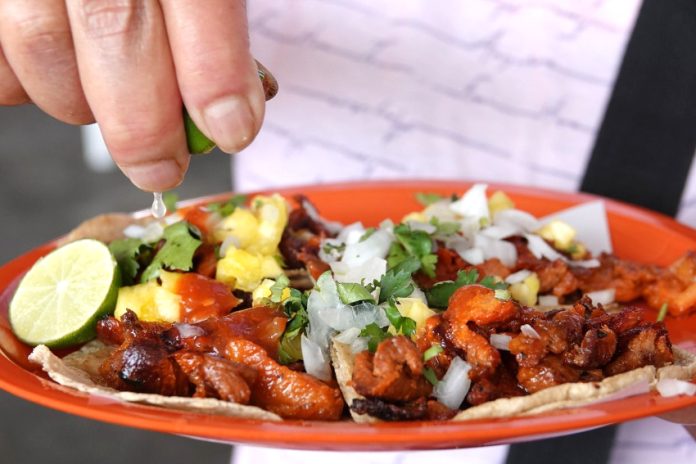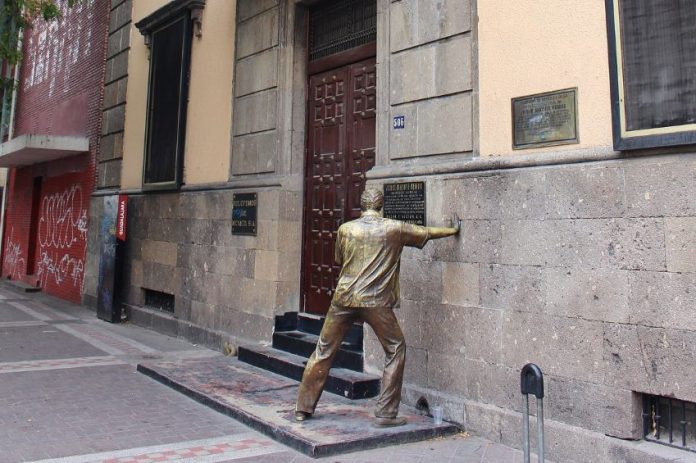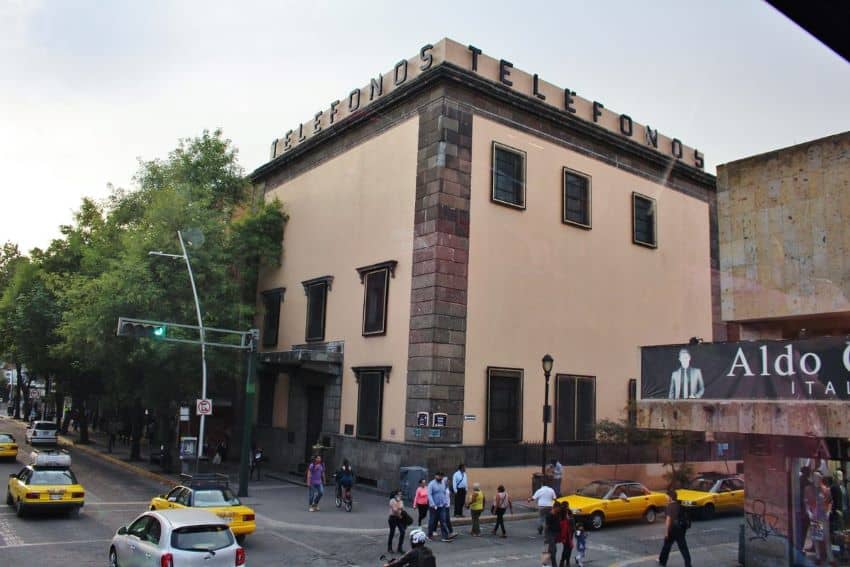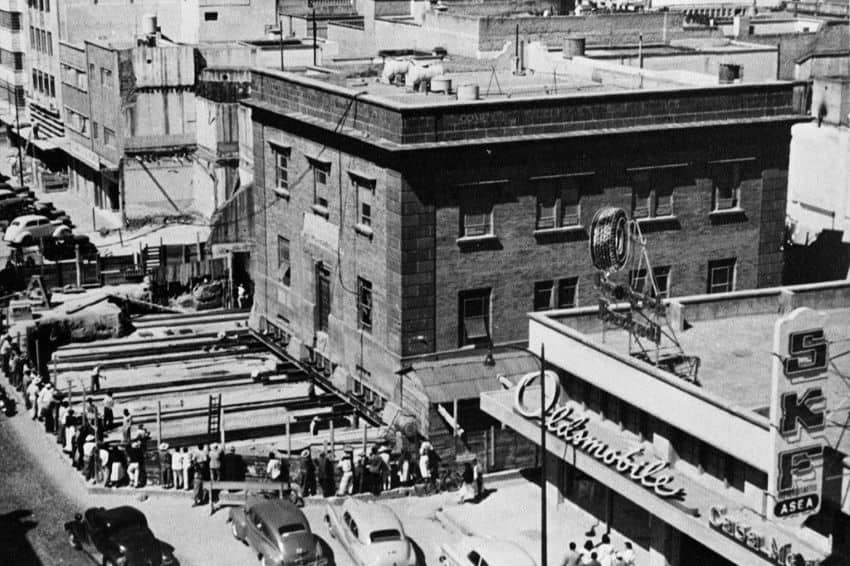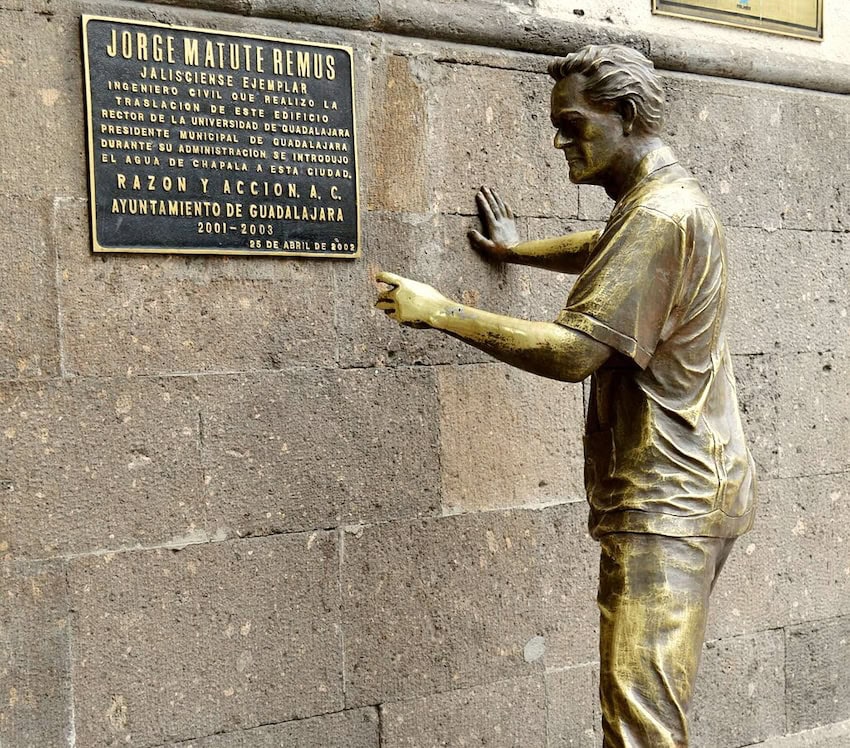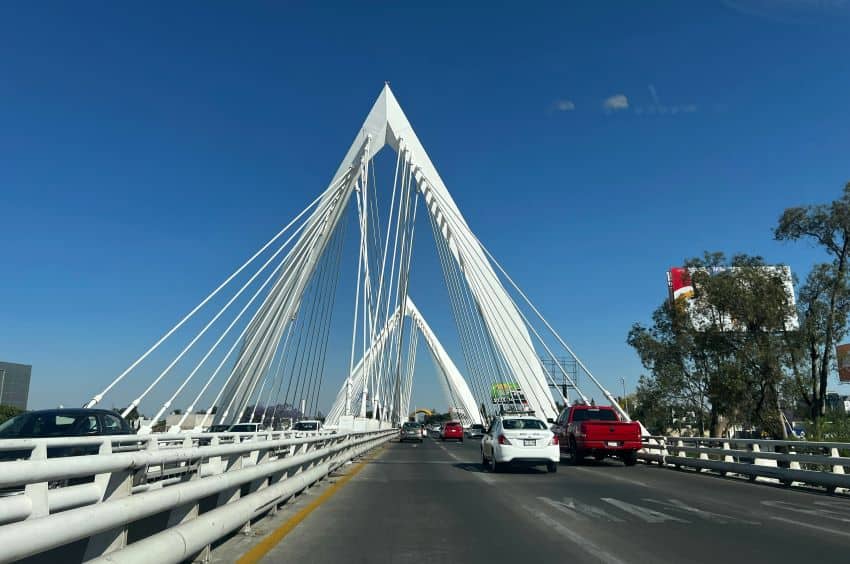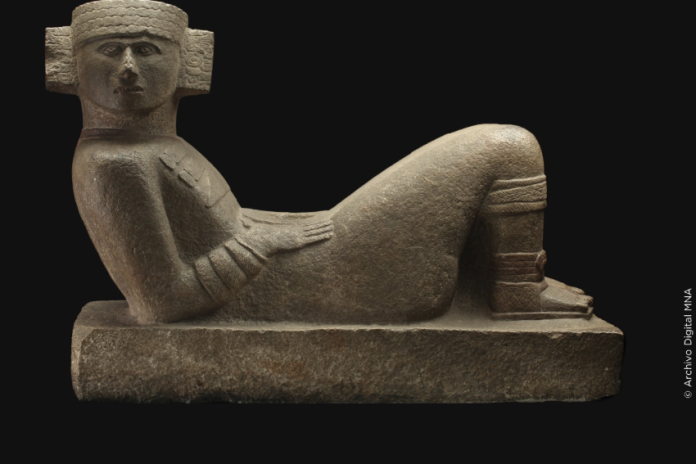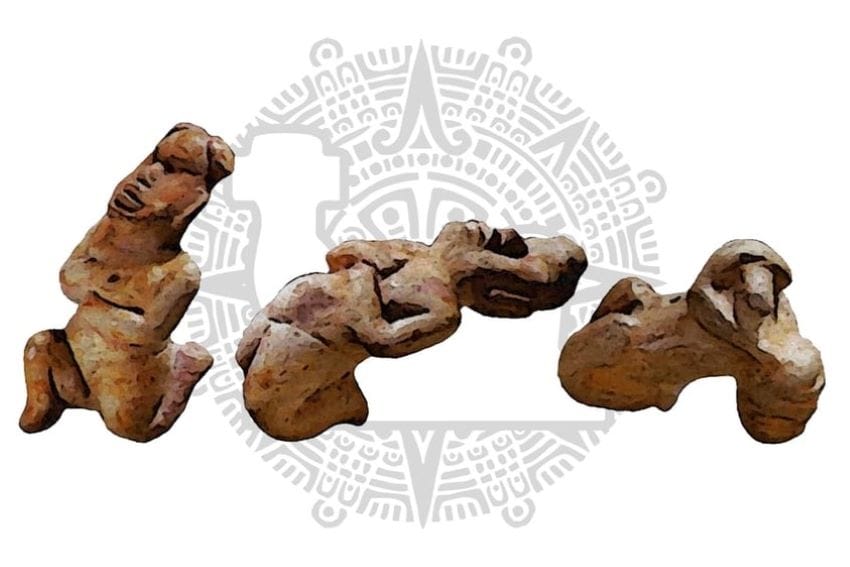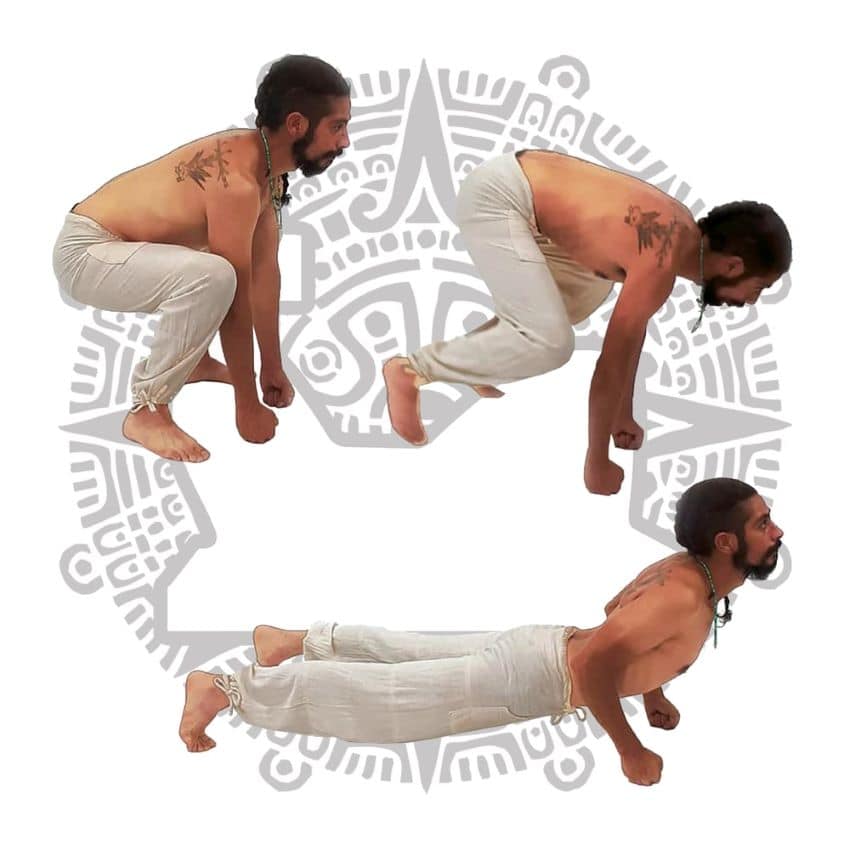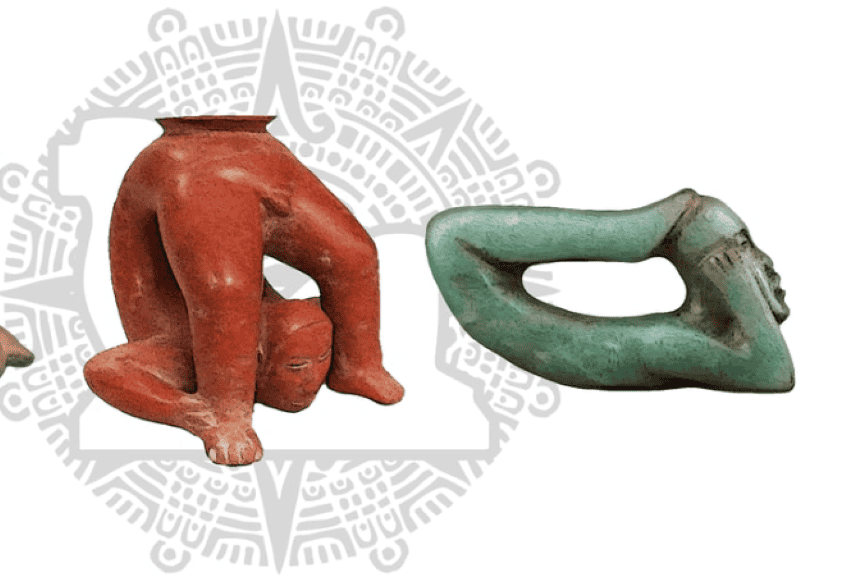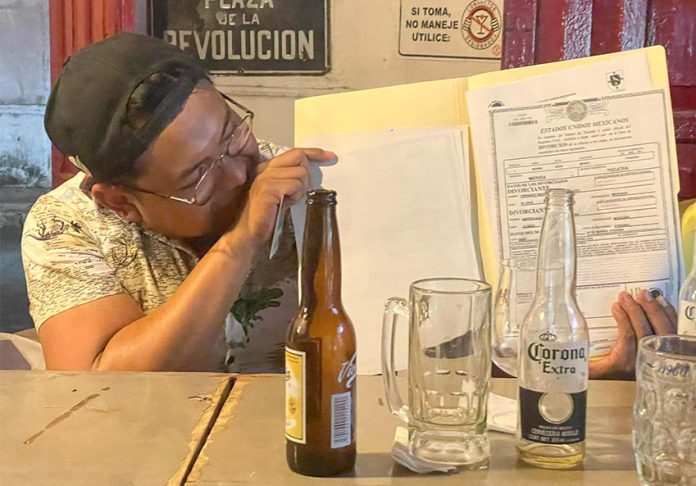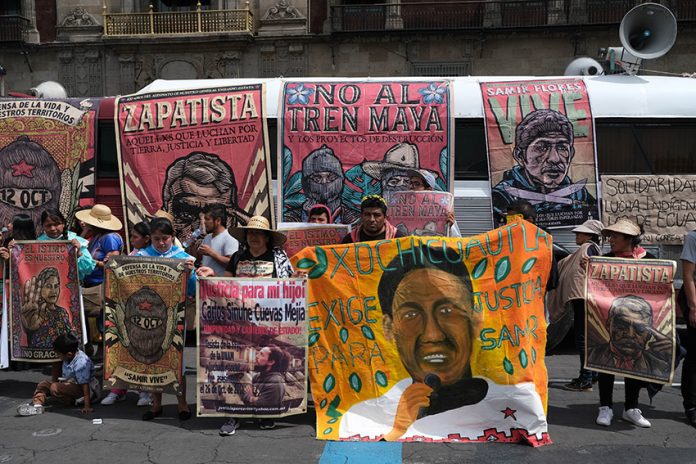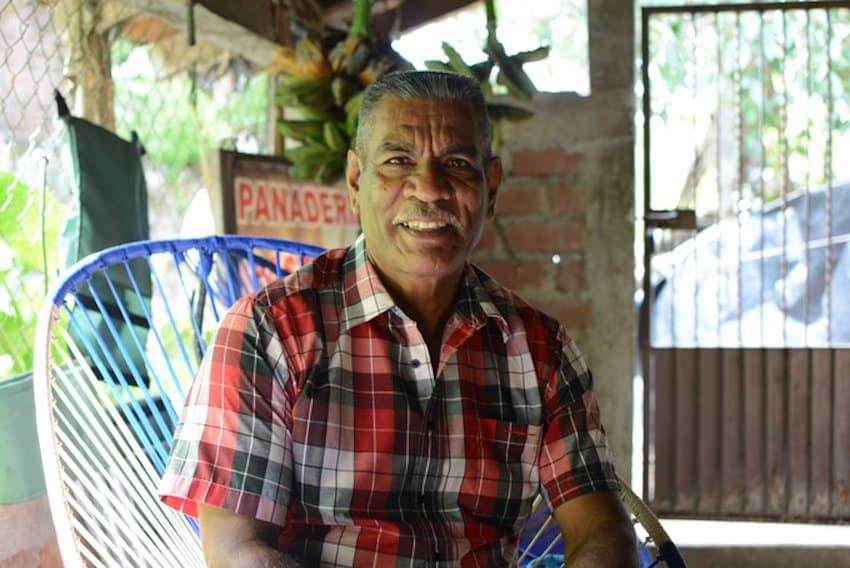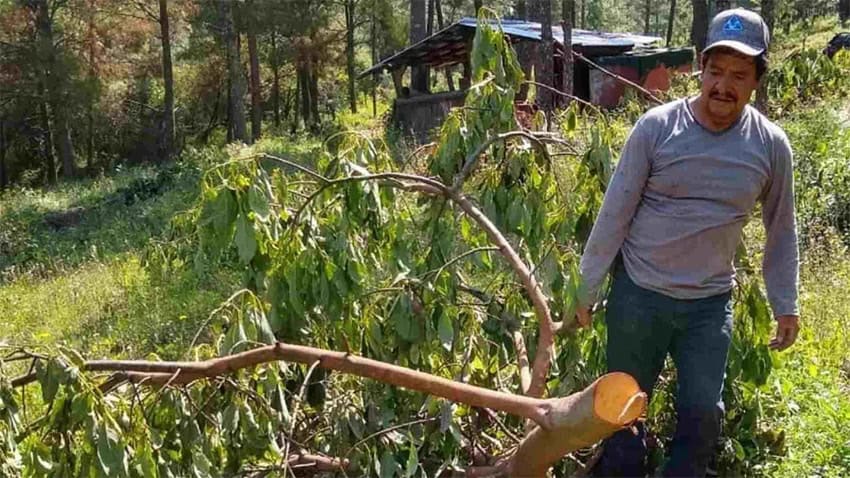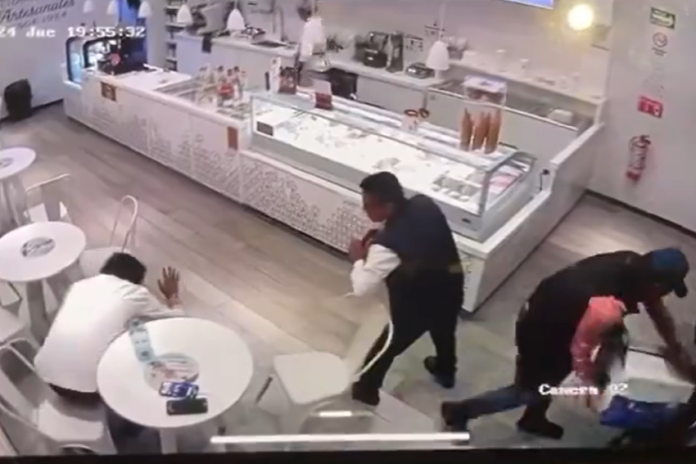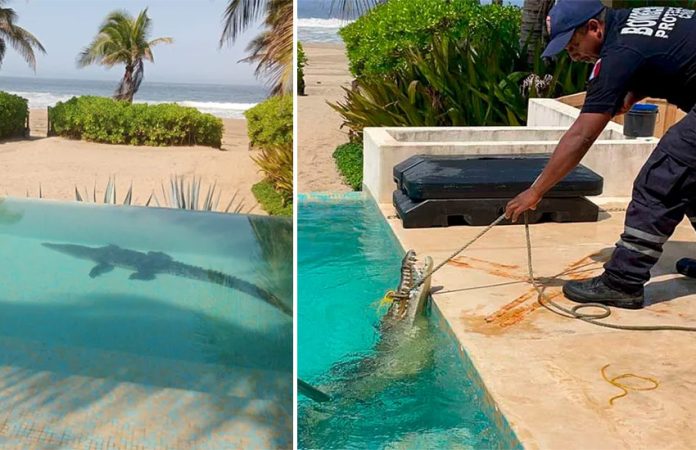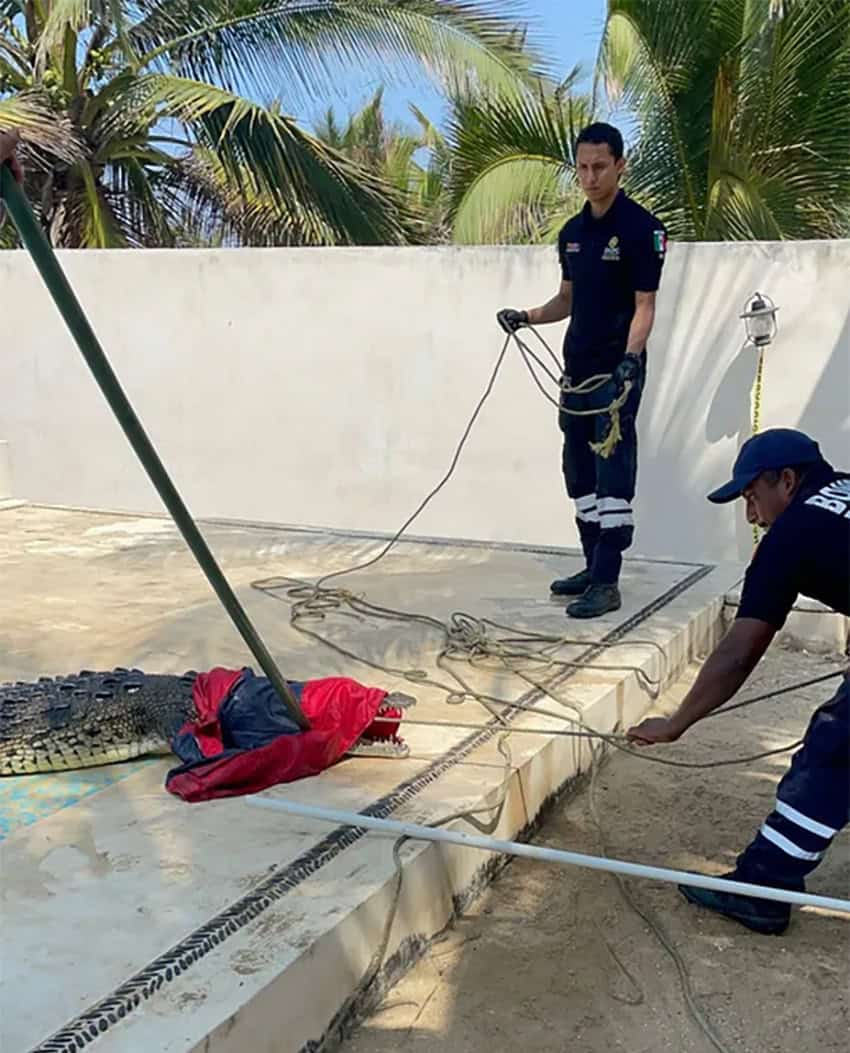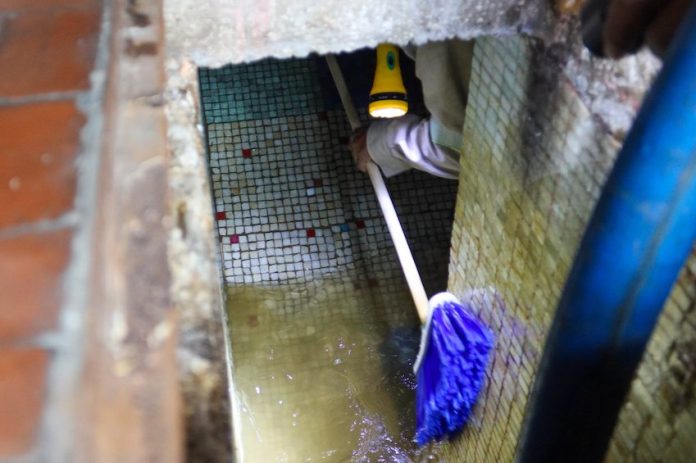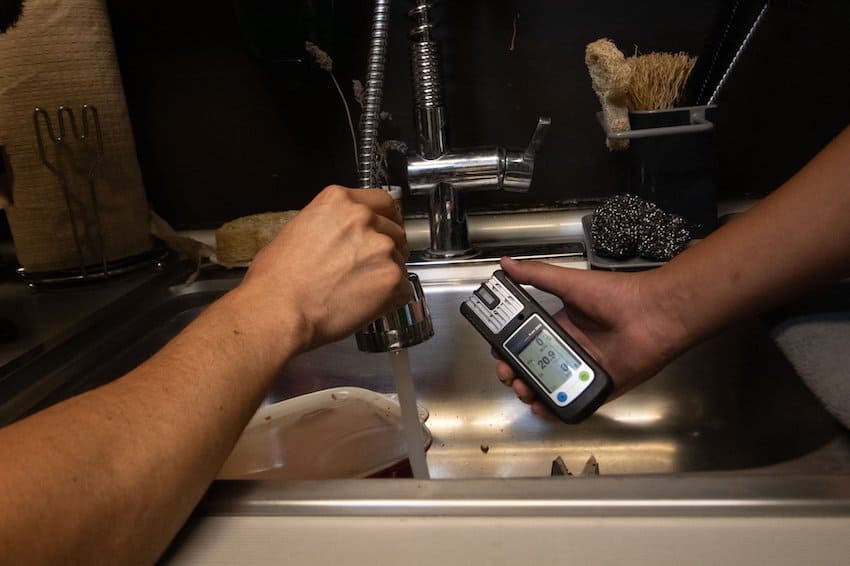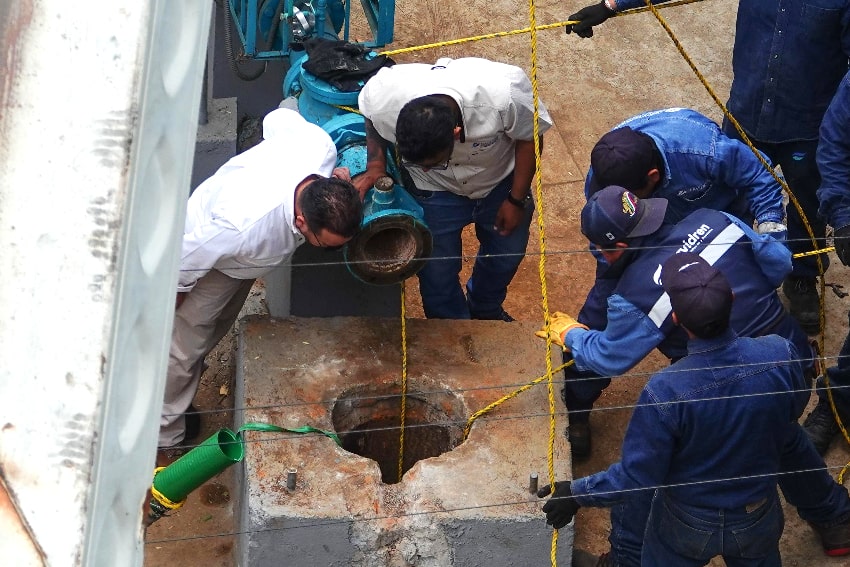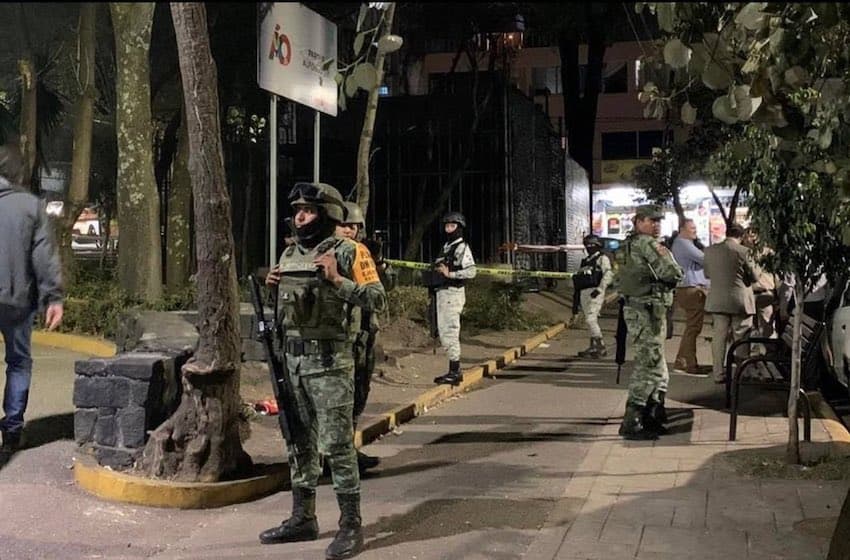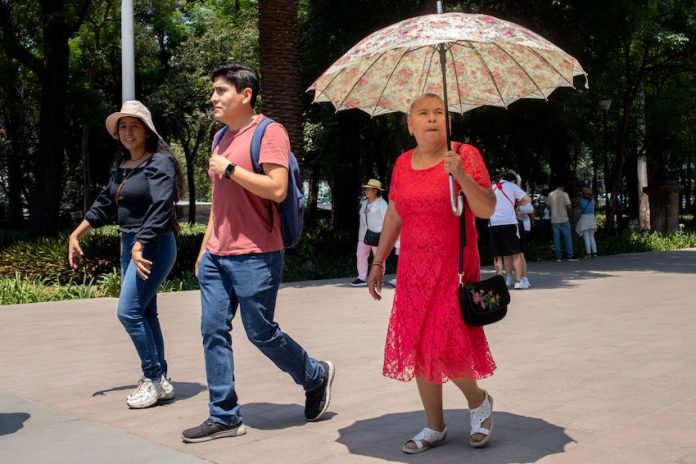It’s hard these days to avoid reading something about the rising cost of living in Mexico.
YouTube videos targeting expats are everywhere — carefully mapping out how much the costs of certain items and experiences have increased in different parts of Mexico. The commentary reached a fever pitch this past week with the peso hitting 16.30 to the US dollar, an almost 9-year high and a 30% move in just the past two years.
It is undeniable that there is a noticeable difference in the prices of most goods and services these days, even when paying in pesos and not thinking about the price in dollars.
This of course is due to the wave of high inflation that has affected pretty much every corner of the globe over the past several years. When one adds the impact of the recent peso appreciation, some price increases are downright startling! This has created some sticker shock and “Mexico soul searching” for more than a few expats. For decades now, expats in Mexico have been able to rely on a weak peso, which would often offset any inflation and make the country an affordable place to live for those from the U.S. or Canada. Those days are over.
Let me share a simple real-life example. I like to go to our local farmers’ market for breakfast on Saturday mornings. Last week, I ordered my usual, from the same three vendors: a fresh-squeezed orange juice (it would be really hard for me to go back to Tropicana at this point!), a fresh-baked cinnamon roll from a local bakery (sorry Cinnabon!) and two tacos with freshly made blue corn tortillas.
Two years ago, this meal cost me 86 pesos. Today, the exact same meal from the exact same vendors (all using 100% local products, nothing imported which could distort the costs) cost me 130 pesos. In other words, just the pure inflationary cost increase in pesos of my local breakfast is 51% over two years or 25% per year! Now, when we add in the appreciating peso impact, the increase is even more dramatic. The meal two years ago at a 22 peso to US dollar exchange rate cost me US $3.91. Today, that same meal cost me US $7.88 (at 16.5 pesos to the US dollar). This means that, in dollars and taking into account the inflation, the same meal from the same vendors increased 102% in price in just two years!
My point here is not to debate if the meal is worth US $7.88 or to compare how much the meal would cost in San Francisco or Dallas. I am simply pointing out the scale of the cost increases for expats in Mexico.
While costs of some goods and services have increased A LOT in Mexico over the past several years due to inflation and a stronger peso, does that mean living in Mexico now costs as much as living in the United States? Not at all. Let me explain.
There is another very important component that I think most of the YouTubers fail to point out — and that is the differences in levels of consumption. When I refer to consumption, of course I am generalizing as the consumption of each individual and household is different. In general, as I have personally experienced and have heard many expats agree, they consume far less in Mexico than in the United States.
In the U.S., consumption is usually quick, affordable and easy: online ordering, easy return policies, nearly constant sales promotions, ample parking and short check-out lanes all make it effortless. However, in Mexico, buying things can require more effort: service is often slower, returns are nearly impossible, lines are longer, parking is harder. I find this makes me buy less. Depending on where you live here, you might walk to the grocery store and as a result, end up only buying only you can carry home. People often have smaller cars and homes here which equals less consumption. Changing the décor of your home often is as simple as some new plants or flowers (less consumption). I’d go so far as to say the pressure to “keep up with the Joneses” is felt less by expats living in Mexico.
The bottom line is if you import the same lifestyle you had in the United States when moving to Mexico, you’ll really feel the pain of the increased costs. If you modify your consumption lifestyle, you will spend less, as well as be a lot less frustrated.
As a result, even if items cost a lot more than they used to, or even if they begin to approach U.S.-level prices, because there’s a tendency to consume less in Mexico, the overall cost of living is still much lower.
So, how much does it really cost to live in Mexico? Having lived here now for four years, I have been able to carefully do an “all-in” comparison of our monthly total living expenses in San Miguel de Allende versus Chicago. The result is that we spend 30-40% less in any given month here compared to up north.
Has this lifestyle change led to less fulfillment, less satisfaction, less happiness? Quite the contrary — at least in our case, we are healthier, happier and feel more fulfilled than ever.
I would love to hear your thoughts in the comments section. Do you agree with my analysis of the cost increases? Do you agree with my thoughts on consumption in the United States compared to Mexico?
Travis Bembenek is the CEO of Mexico News Daily and has been living, working or playing in Mexico for over 27 years.
